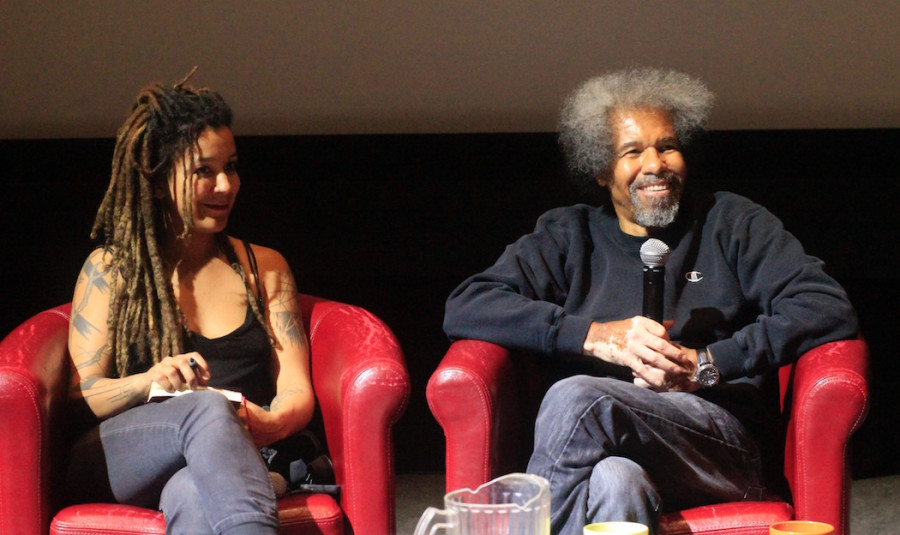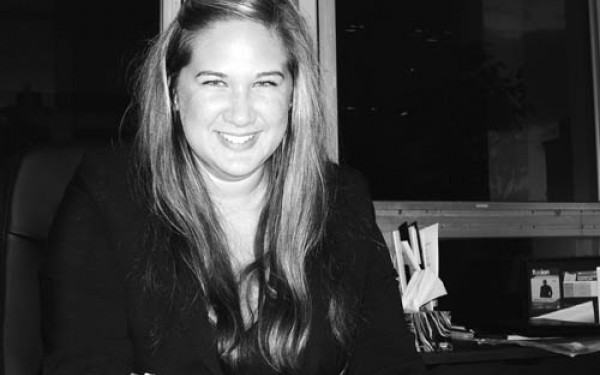Albert Woodfox Discusses Prison Activism After 43 Years in Solitary
Former Black Panther Warns Canadians to Not Repeat the U.S.’s Mistakes
Albert Woodfox’s life has not been easy. The face of America’s fractured justice system, Woodfox served almost 44 years in Louisiana State Penitentiary, commonly know as Angola, for the alleged fatal stabbing of a prison guard in 1972—a charge he has always denied.
Known for establishing the Black Panther Party in Angola, Woodfox has suffered through a lifetime of consistent abuse, neglect and miscarriages of justice. He was finally released from prison in February 2016.
Since his release from prison, Woodfox continues to advocate against solitary confinement, political imprisonment and systemic racism. He has spoken at universities and parliaments around the world, shedding light on injustice of the American prison system.
A collective project between various Montreal organizations, including the Concordia Student Union, Woodfox arrived in Montreal on May 19 to host a public talk at Concordia University. Through an interview with Robyn Maynard, a Montreal Black rights activist and author, he encouraged young people to take on the torch against police violence and political imprisonment.
The real mastermind behind the talk was Marie Dimanche. An activist and environmentalist, Dimanche first had the idea to bring Woodfox to Montreal after his release from Angola.
“When I heard he was out I wanted to meet him and tell him ‘Thank you for what you did, and I want you to know that I’ve been thinking about you everyday for years,’” she explained with a beaming smile. “Since I was 12 years old, I wanted to be a Black Panther and meeting a real one is a dream.”
Life Behind Bars
In 1969, Robert King, Albert Woodfox and Herman Wallace were imprisoned for robbery. They would later become world famous for exposing horrible living conditions, racial segregation and rallying the prisoners together in peaceful protest. In prison, they gained reputations as troublemakers and took on the roles of activist leaders for the Black Panther movement in prison.
Three years later, Woodfox and Wallace were convicted of killing a prison guard and sentenced to life in solitary confinement. They would spend the next several decades in 6 foot by 9 foot windowless cells for 23 hours a day. They both claimed innocence the entire time.
“You must find ways to fight for your sanity almost every day,” he explained. “You must find creative ways to feel a sense of self-worth, to feel you have a right to exist and that you have a right to be treated with dignity and pride.”
Life in solitary confinement didn’t discourage Woodfox from resisting authority. He recalled the 45-day hunger strike he took in demand for better feeding services in solitary. He demanded his food to be served in a dignified manner, and insisted that the guards cut holes in the bars so that prisoners could be handed their food, instead of being slid through a trap under the door.
He also fought humiliating strip searches, helped to start education programs for other prisoners, and encouraged them to demand humane treatment.
But the debasement that prisoners faced at the Louisiana State Penitentiary went far beyond undignified treatment. Called “America’s bloodiest prison,” Angola was a breeding ground for corruption and violence.
“Almost every week someone was being killed or maimed or hurt seriously by security staff or by other prisoners who were being protected by corrupt correctional officers,” he said.
Woodfox remembered prison guards stealing from the prisoners, confiscating anything they liked as “contraband.” Clothes, food and personal items were all up for grabs at the hands of the guards. Woodfox goes into detail about the prison sex trade and how young men would be shuffled throughout the prison in exchange for goods or protection. Insults, endless strip searches and regular beatings were the norm, especially for black prisoners who took the initiative to challenge authority.
“For whatever reason one goes to prison, it does not devalue them as a human being,” he explained.
Black Lives Matter and Activism Today
A supporter of the Black Lives Matter movement, Woodfox encouraged today’s youth to continue fighting systemic racism. Though he might never be able to fully explain how he could maintain his sanity through years of mistreatment, the one thing that kept him going was the belief that he would inspire others to act, he said.
“I felt as though if I could last one day longer than them [the guards], that some young man, young women, young child would pick up the mantle of social struggle,” he explained. “So, my struggle at that time was not so much to see a successful revolution as to continue to make an example to generations the strength and determination of the human spirit. I felt as though if I could deny them the right to break me, then that would inspire other people, that they had the same strength.”
Since his release last year, Woodfox had the opportunity to meet with some of the BLM leaders in New York and London. Maynard remarked that Woodfox’s story is comparable to the situation to Canada.
Arlene Gallone, who spoke for the first half of the panel, is an example of the current situation in Canada. After being forced into solitary confinement for two 3-month stretches at the Joliette Institution for Women, she’s now in the midst of a lawsuit against Correctional Services Canada.
“I was in a room 23 out of 24 (hours a day), I was being fed through a trap in the door and the staff were not human in the way they treated me,” she recounted. “I suffered depression, I suffered insomnia, I suffered anxiety.”
“Canadians need to stop comparing themselves favorably to the United States,” Maynard explained. “Black people [in Canada] are incarcerated at a rate that is 3 times higher than the rest of the population which is very comparable to the rates in the United States. Black and Indigenous people are exposed to higher rates of violence behind bars and increased rates of solitary confinement.”
A Corrupt Democracy
“America has done a wonderful job of public relations in presenting itself to the rest of the world as the greatest democracy,” Woodfox said. “As one of its victims, I’m here to tell you that America is not the greatest democracy, it’s the greatest hypocrisy.”
In encouraging Canadians to not shy away from activism, Woodfox implored attendees to hold their leaders accountable for injustice and to “cultivate a social system based on the will and needs of Canadians.”
That’s not to say that Canada is any kind of moral beacon. Gallone is an only a recent example of abuse in the justice system. According to the United Nations, confining a prisoner to more than 15 days in a row of solitary is considered inhumane. Data from reducingcrime.ca shows that in Ontario alone, 1,383 prisoners faced stretches of solitary confinement lasting longer than 15 days during 3 months in 2016.
“We need to remember that conditions here [are bad],” pointed out Maynard. “It’s so easy for people to feel good about themselves by denying the realities they are actually participating in. I think the erasure of realities of racism towards black and indigenous populations here is made invisible and allows [us] to maintain the status quo.”


_600_832_s.png)

3_600_375_90_s_c1.jpg)

_.final_._jpg__600_375_s_c1.png)
